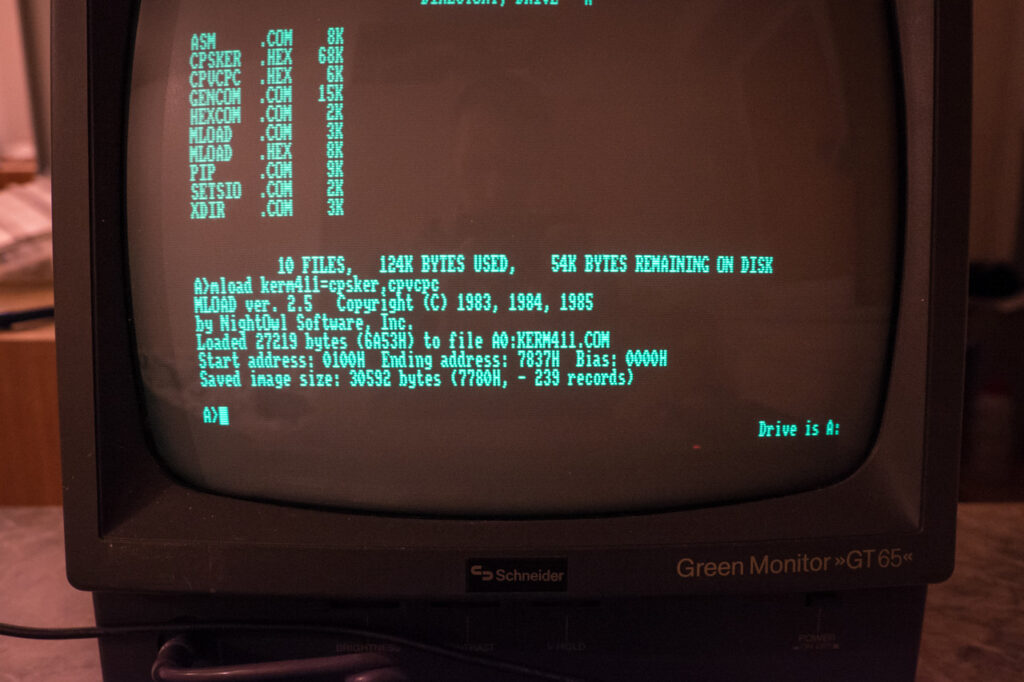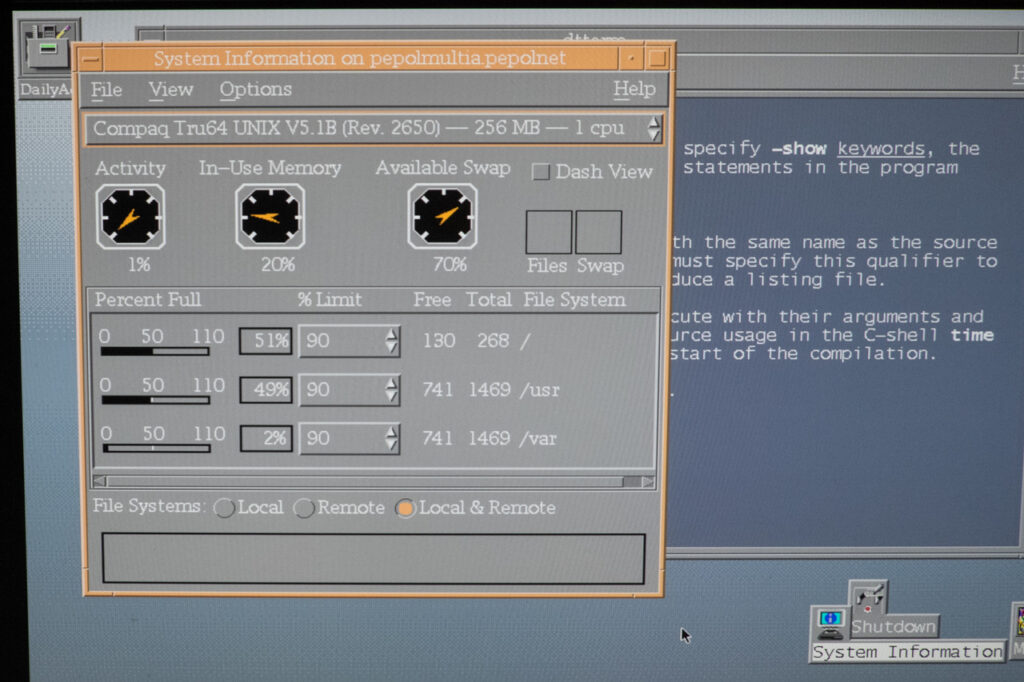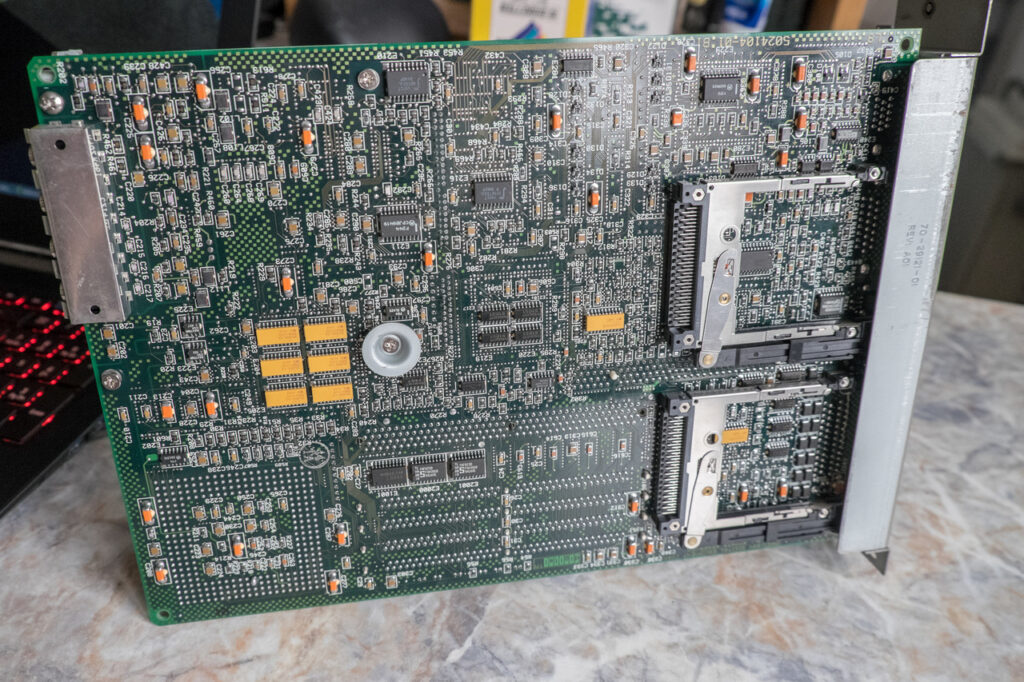Backing Up DD Floppies
I was asked by my manager to download data from multiple boxes full of floppy disks he used in the early 90s. I’m used to people at work asking me for help with old UNIX systems, but reading 5.25-inch floppies is here for the first time. He used to be a musician when he lived in Israel and used his 386 PC as a sequencer with an E-mu Proteus/1 external wavetable synthesizer.
I picked my Vienna 286 computer to read the floppies. It’s quite a high spec machine with an 8MHz CPU, math coprocessor, Hercules-compatible Graphics and 1.5meg ISA RAM card… and it’s my only computer with a 5.25-inch drive. If you ask why I removed the CRT before I started copying the files, ugly mold smell goes from it every time it’s turned on and I hate it. I rather configured the machine to work in a headless mode (straight boot into Microsoft InterLink Server) and accessed the drives from a laptop over a null-modem cable.







































